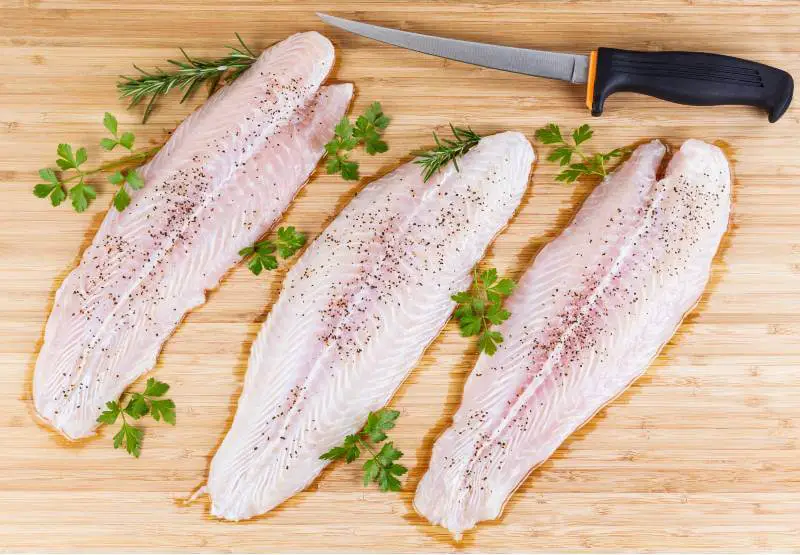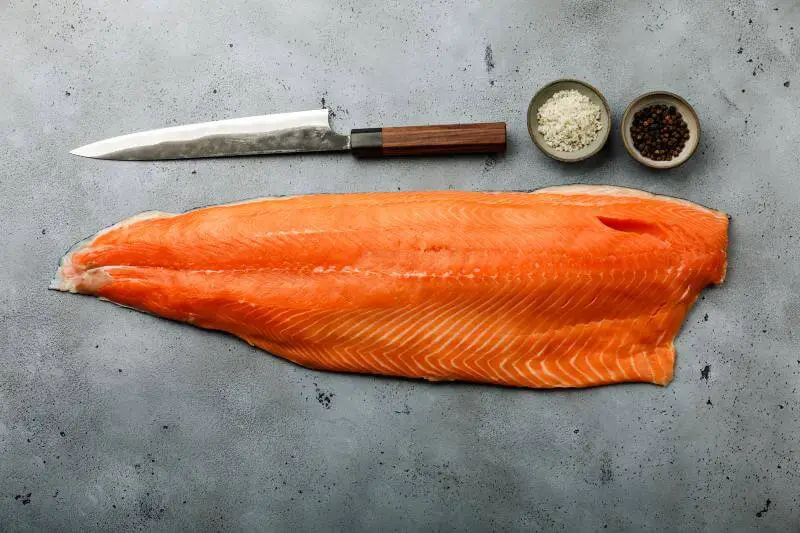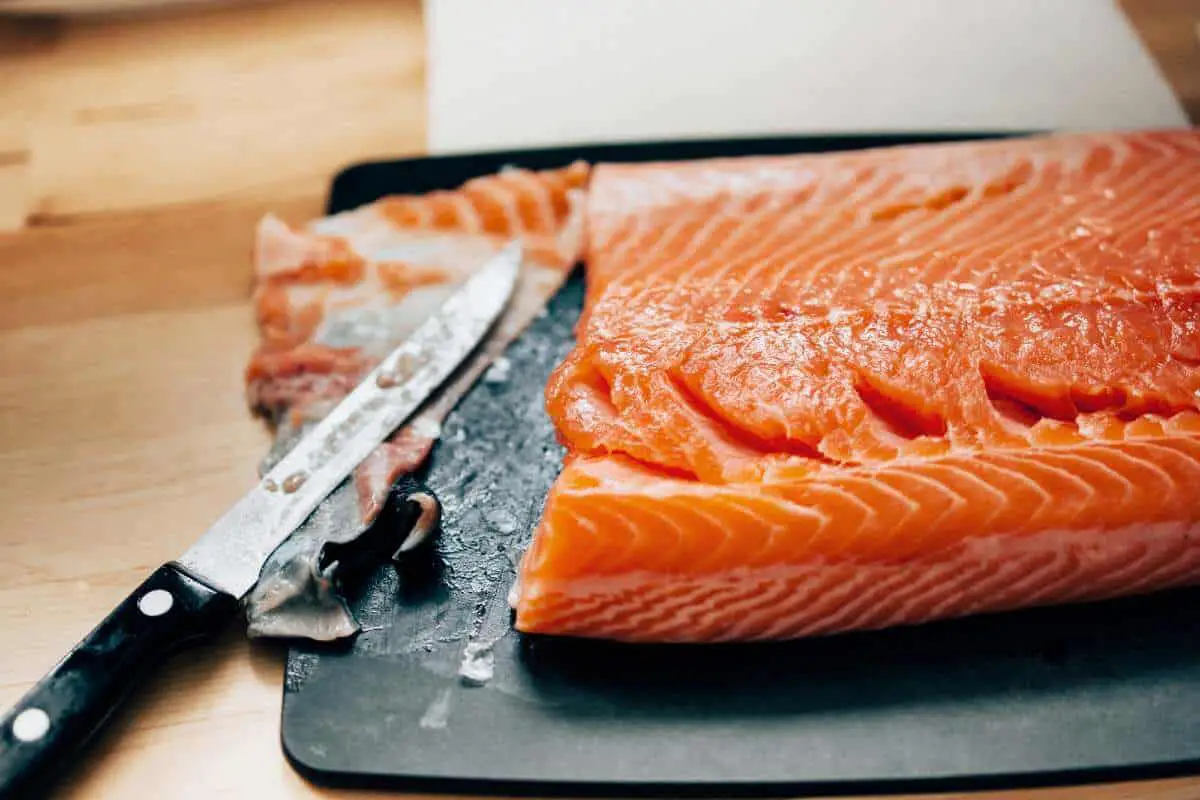What size fish fillet knife is best? Kitchen knives come in different sizes their own unique characteristics that cater to their purpose. Often confused with boning knives and carving knives because of their similarities are fish fillet knives. They are all sleek knives that specialize in severing meat from bones or skin. In this case, fillet knives are commonly used for filleting fish.
Making fish fillets is a craft on its own. Even professional chefs take years of practice to make a perfect fillet. It is a very intricate process of carefully separating the fillet from the rest of the fish while saving as much meat as you can. Thus, it requires a special tool such as a fish fillet knife.
What makes a good fish fillet knife?

Flexible – A good fish fillet knife must be flexible enough to jockey along the spine and bones.
Thin Blade – It also needs a thin yet durable blade. It must be thin enough to precisely cut through the skin and meat of the fish without damaging the meat. A thinner blade also makes it more flexible and easier to maneuver. But it must be durable enough to not bend or break when going through some hard bones or skin.
Lightweight – The fish fillet knife must be lightweight to make it maneuverable through the contour of the fish. This also helps when you’re working with a large pile of fish. A heavy knife will use more effort and make you tired faster.
Right Bevel – The blade has to have at least a 12 to 15-degree bevel. This is for it to be able to handle delicate fish like salmon or tuna.
How long should your fish fillet knife be?
The only correct answer is it depends on what kind of fish you’re usually working with. The general rule is that the knife should at least be 2” longer than the fish. This is so that it has enough room to move while slicing through it.
Fish fillet knives usually range from 4 to 10 inches long. Shorter knives around 4 to 6 inches are used for smaller fishes like trout, perch, or mackerel. If you want a more versatile knife that works with most fish sizes, go with a knife that’s about 7 to 8 inches long. It’s perfect for medium-sized fish like salmon, trout or catfish. But if you are more into bigger fishes like halibut, codfish, or tuna, get a knife that’s about 8 inches or longer.
What do you need to check when getting a fish fillet knife?

Material – Most fish fillet knives are either carbon steel or stainless steel. While carbon steel has great flexibility, it can be difficult to sharpen and tends to dull easily. It is also generally cheaper than a stainless-steel knife, but it might need replacement every few years. On one hand, stainless-steel knives will not rust and are just as flexible. They also stay sharp longer and are easy to sharpen. Not to mention that they are extremely durable so they can last you for years.
Handle Material – Traditionally, knives have hardwood handles. However, they have proven to be slippery when wet or when working with slimy fish. Causing danger to the handler and the people around them as they are prone to slippage. They also tend to soak fish smells after some time. The more common handles now are either plastic or rubber. They have better grip and traction. They are also easy to clean and will not rust.
Sheath – This is often not prioritized as much as it should when getting a knife. The sheath is important to protect the blade while it is being transported or stored. This is to keep them from causing harm and from getting nicked on other substances. Some sheaths even have built-in knife sharpeners.
Electric Fillet Knife – If you work with big batches of fish regularly, it’s best to invest in an electric fillet knife. They make the task quicker and require less effort. They also have spare blades making it versatile to work with different sizes of fish.
Now you have everything you need to know and should be ready to pick your new fish fillet knife! 😊 As we feel generous here are some useful tips to ensure your knife will be a mainstay in your kitchen.


